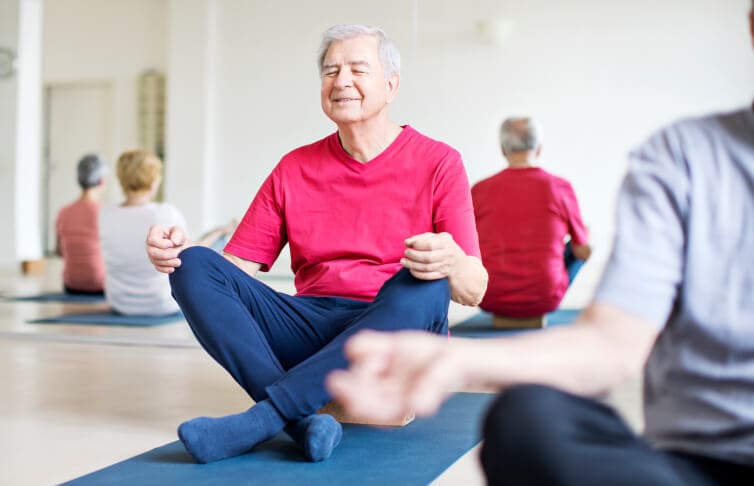This content was produced for the foundry @ Meredith Corp. Health editorial staff was not involved in its creation or production.
horizons
How to Bring Mindfulness into Your Everyday Life
Learn to slow down and savor life.
When you pay attention to the present moment—without getting distracted by “what’s next?”—you’re practicing mindfulness. Mindfulness can have lots of benefits, from increased immunity and improved memory to steadier moods and greater concentration. So what’s the catch? Nothing, except that mindfulness is a practice that requires, well, practice. Get started with this plan.
Don’t let your virtual life distract you from the real thing.
This doesn’t mean that taking out the trash has to turn into a Japanese tea ceremony. But paying attention while you do it might actually offer you unexpected pleasures: the stillness of the night air on your skin, the stars in the sky. Or practice in the shower. Enjoy the warm water playing off your body and inhale the fragrance of your shampoo. Ask yourself, “How can I be delighted? How can I reframe the present moment so I feel a sense of joy or gratitude?” Quit waiting for the good part and seize the moment—this one.
Do less, get more done.
Engage fully in what you’re doing while you’re doing it—regardless of what it is. Multitasking doesn’t make anything go faster, but it can make things more confusing. Sit down and make a to-do list with purpose, instead of mentally cataloging tasks while reading a story to your kids or shopping in the grocery store, when you probably won’t be effective at either thing you’re trying to achieve.
Slow down.
You know that feeling of eating potato chips—when you’ve got a mouthful of them but your hand is already back in the bag? This is an apt metaphor for the inclination to hurry into the future, but it’s also a wonderful moment to practice slowing down. Try approaching meals with greater intention. Take a conscious forkful and chew consciously, really savoring it. This will help you eat more slowly, so you eat less and enjoy your meal more. Once you master the mindful meal, you can start trying the technique in other parts of your life.
Take a deep breath.
Literally. Breathing deeply can reduce your blood pressure, give you more energy-boosting oxygen, connect you to your body and relax you. Best of all, you always have time to take a deep breath.
Unplug.
In our culture of instant messaging and “I need it yesterday!” it can be hard to remember to focus on the journey as well as the destination. Technology is great for staying in touch with far-away loved ones. But for the near and dear who are actually near? Be with them when you can.
Pay attention to the bell of mindfulness.
It’s easy to stop and smell the roses when you’ve got plenty of time to kill. But try it when you’re frantic, late or bored. As your stress ramps up, tune in, breathe deeply and do your best to smile. Your heart is beating and you’re alive on the planet—gifts that are easy to take for granted when you’re thinking only, “get me out of here.”
Let yourself be happy.
Sometimes all we can hear is the loud drumbeat of dissatisfaction, even if the rest of our life offers a constant and beautiful melody. If you’re always wanting what you don’t have, try homing in on just one thing you’re grateful for—no matter how small. It will remind you of what you do have—and that it’s likely all you need. What we seek is here already, right under our noses, in our experience of day-to-day living. In other words, be mindful to get back to what matters: human contact, meaningful relationships, living kindly, consideration and gratitude.
As previously posted on More.com



